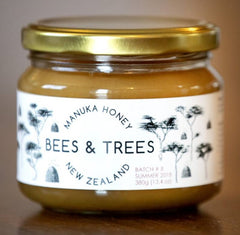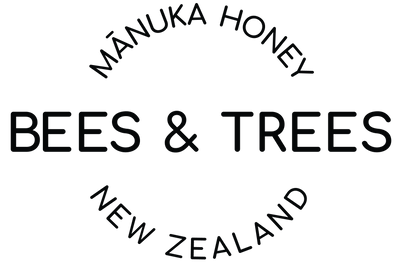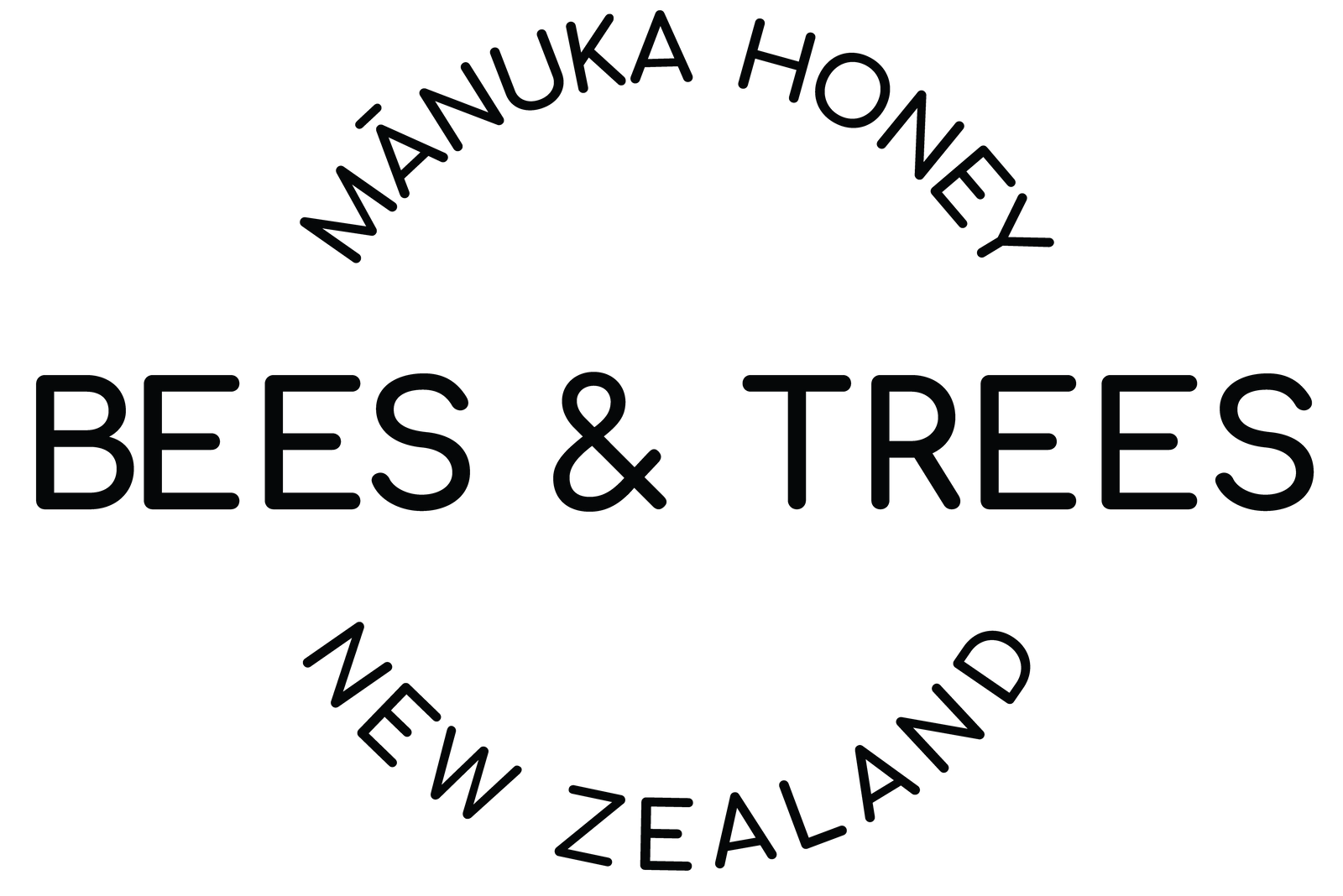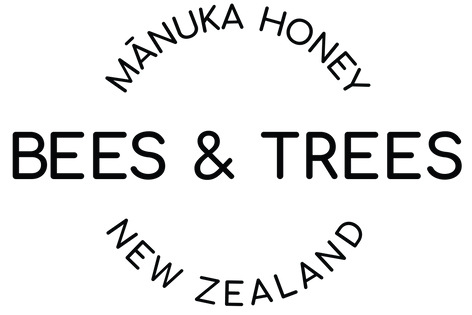When it comes to buying Manuka honey, you really need to know what you’re getting or you could end up disappointed with the results and paying too much for an inferior product. In previous articles ("Why Is Buying Manuka Honey So Confusing?" and "Is Your Honey Real Bioactive Manuka Honey?"), we’ve made efforts to inform, educate, and clear up the confusion surrounding what is real Manuka honey and what is not, what the ratings and labels mean, and how to know which product to buy. We’ve explained that the value of active Manuka honey is based on the concentration levels of methylglyoxal (MG) contained in the honey; and if your honey has low levels (or no levels) of MG, it really shouldn't cost you more than any other table honey. We’ve also explained that there are only two legitimate ways to label real Manuka honey – with the actual level of MG or the corresponding UMF rating (Unique Manuka Factor). The MG or UMF number should be on the label. If neither is on the label, you don’t know what you are getting. If the label has a number but doesn’t have the actual word methylglyoxal or the actual letters “MG” or “UMF”, it isn’t MG or UMF. Plain and simple. Once you know what you are looking for, you won’t fall for the confusion and deception.
Several of the best-selling, most widely-promoted, popular brands do NOT properly convey the amount of MG on their labels, fooling you into thinking you’re getting something that you are not. Let's take a closer look at a few specific, widely distributed brands to put your new knowledge to the test. We’ll simply point out the facts and let you decide for yourself.
We bought three popular Manuka honey brands from local retail shelves and sent samples to independent testing labs in New Zealand to see how the honeys compared with what their labels implied. The labs had no idea which brands they were testing; we coded the samples so that only we knew which sample was which brand.
Wedderspoon KFactor 16
Wedderspoon has done a great job of marketing their honey; they're one of the brands that we see frequently on retail shelves. Let's see what their label says...
“We measure concentrations of pollen count to determine the difference between Wedderspoon KFactor 12 and KFactor 16 manuka honeys. KFactor 16 guarantees higher than 75% manuka pollen count. Wedderspoon is further developing KFactor to identify complex properties found in unadulterated Manuka honey. With KFactor, we are working to unlock the KEY FACTORS to authenticate true Manuka honey and its origin.”

They are talking about KFactor, which is a term that they created. They plainly say that KFactor is a measure of pollen count. Nowhere on this product do you see anything that talks about methylglyoxal (MG). All Manuka honey is valued based on the amount of MG in the honey. Manuka honey’s antibacterial potency is directly proportional to the level of MG. The amount of MG in the honey should be shown on the label by the actual amount of MG or a UMF rating. If the label doesn’t say anything about MG or UMF, it is not expressing the amount of MG in the honey. KFactor has nothing to do with the level of MG in the honey, as Wedderspoon clearly states on their label that KFactor is a measure of pollen count. By using the number 16 (or 12, or 22, as used on their other products) they have chosen to use numbers that are also used in the UMF scale. A rating of 16 on the UMF scale indicates a high potency Manuka honey (equivalent to an MG level of 572 – this is very high). Does this mean their honey is a UMF 16? No, it does not. The label only says KFactor 16; it does not say UMF 16. Does this seem confusing to you? At this point, based on what their label says, we still don’t know and haven’t been given any information regarding the amount of MG in the jar of honey. Well, since we couldn’t figure it out based on the label, we decided to have it tested. We took a sample from this jar of honey and sent it to an independent laboratory in New Zealand for testing. The lab had no idea what brand of honey they were testing. The results came back showing that the MG level was a very low 52. The equivalent UMF rating for MG 52 is…well…it doesn’t exist. What this means is that the level of MG in the honey was so low that it doesn’t even rank on the scale. The UMF/MG rating scale starts at MG 83.
How can this be, if KFactor 16 has a Manuka pollen count of at least 75%? Well, we can't say for sure. But, we do know that the Kanuka tree, which is a cousin to the Manuka tree, is popular on the South Island of New Zealand. Unfortunately, Kanuka does not have the same properties as Manuka. Up until recently, the pollen of the Kanuka tree and Manuka trees were very difficult to distinguish. Maybe the “K” in KFactor stands for Kanuka?? We don't know, but we do know that their KFactor 16 honey doesn’t have any significant amount of MG – the unique ingredient that makes Manuka honey so potent.
Manuka Doctor Bio Active 20+
Now let’s take a look at another popular brand, “Manuka Doctor.” What do we find on this label about activity ratings?
"With levels certified by an independent validated laboratory, you can be assured of the rating in every batch of Manuka Doctor honey. The total activity rating is a reflection of naturally occurring peroxide activity levels."

Manuka Doctor invokes the use of the word "peroxide." The thing is, ALL honeys have naturally occurring peroxide activity levels. What makes Manuka honey special is the level of NON-PEROXIDE activity (see article “Why is Buying Manuka Honey So Confusing?”). So basically, with the language on their label, Manuka Doctor is telling you that their honey has the properties of regular table honey. There is no mention of MG or UMF. Just to be sure we sent a sample of this honey to an independent laboratory in New Zealand for testing. The MG level came back at 56. Nearly identical to the result from the Wedderspoon KFactor 16 honey. The level of MG in Manuka Doctor is so low it doesn’t even make the MG/UMF scale. But their label says “20+ Bioactive Manuka Honey.” What does the 20+ stand for? Not sure? Neither are we. Sort of seems like they want you to think the 20+ is a UMF number, which would be a very high MG level. We know from our test results that it is not. Manuka Doctor 20+ Bioactive honey doesn’t have any significant amount of MG – the unique ingredient that makes Manuka honey so potent.
PRI (Pacific Resources International) 15+
The third product for scrutiny is from PRI, or Pacific Resources International. This brand is really hard to understand. They actually sell honey with a UMF rating, along with honeys that do not have a UMF rating. On their UMF honeys, they list the level of MG. They also agree to provide lab tests for all their honeys. That's really great! But, the thing is, on their non-UMF honeys, they provide a rating scale that doesn't conform to MG content or a UMF rating. The label says…
"Our 15+ grading systems ensures a DHA (Dihydroxyacetone) content of over 200+ mg/kg."

Okay, hmmm, DHA content. Here we have the solid use of a scientific term. It seems very reassuring, but is it? Manuka honey does contain DHA, so this disclosure is pertinent to Manuka honey. But again, an uninformed consumer might find themselves thinking that DHA is MG, and 200+ MG would be a low to medium activity honey. But DHA is NOT MG. The only legitimate way to label the MG level of Manuka honey is with the actual MG number or a corresponding UMF number. That’s it. Anything else is just confusing the consumer.
But, again, we wanted to be sure. So we sent this PRI honey to an independent laboratory in New Zealand for testing. Their test results actually came back at respectable levels. The MG came back at 208. But wait, a 208 MG honey is would correlate (1) to a UMF 8. They’ve put the number 15+ on the label. Are they trying to make you think the honey is a UMF 15+? We’re not sure. But what we do know is that the label is not consistent with legitimate labeling practices.
The MG or UMF number should be on the label - period. If it isn’t on the label, you don’t know what you are getting – period. If the label has a number but doesn’t have the actual word methylglyoxal or the actual letters “MG” or “UMF” - it isn’t MG or UMF – period. Anything else can’t be trusted. If you are a Manuka honey brand and you have MG in your honey, you absolutely PUT IT ON THE LABEL. There are, quite simply, no departures from this standard. Ask yourself - why wouldn’t they?
If still in doubt or you have a question not covered in this article, just ask us; we are happy to help.
At Bees & Trees Manuka Honey, we are on a mission to bring understanding and assurance to you as the consumer. We put the MG content right on our jar. We happily provide our independent lab tests to you for each and every batch of honey that we produce showing the actual MG content (linked at the bottom of each product page on our website). When you buy Bees & Trees Manuka honey, you can be confident that you're getting the real thing. You deserve to know what you are paying for and to get it.
Buy Bees and Trees Manuka honey today.

1. The UMF rating scale is a direct correlation to the MG concentration in the honey after also confirming that two chemical markers are within threshold values (Leptosperim and Hydroxymethylfurfural or HMF).
***





